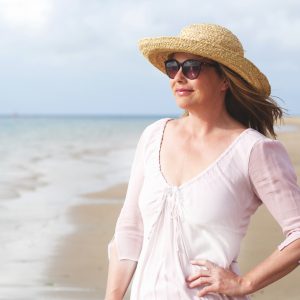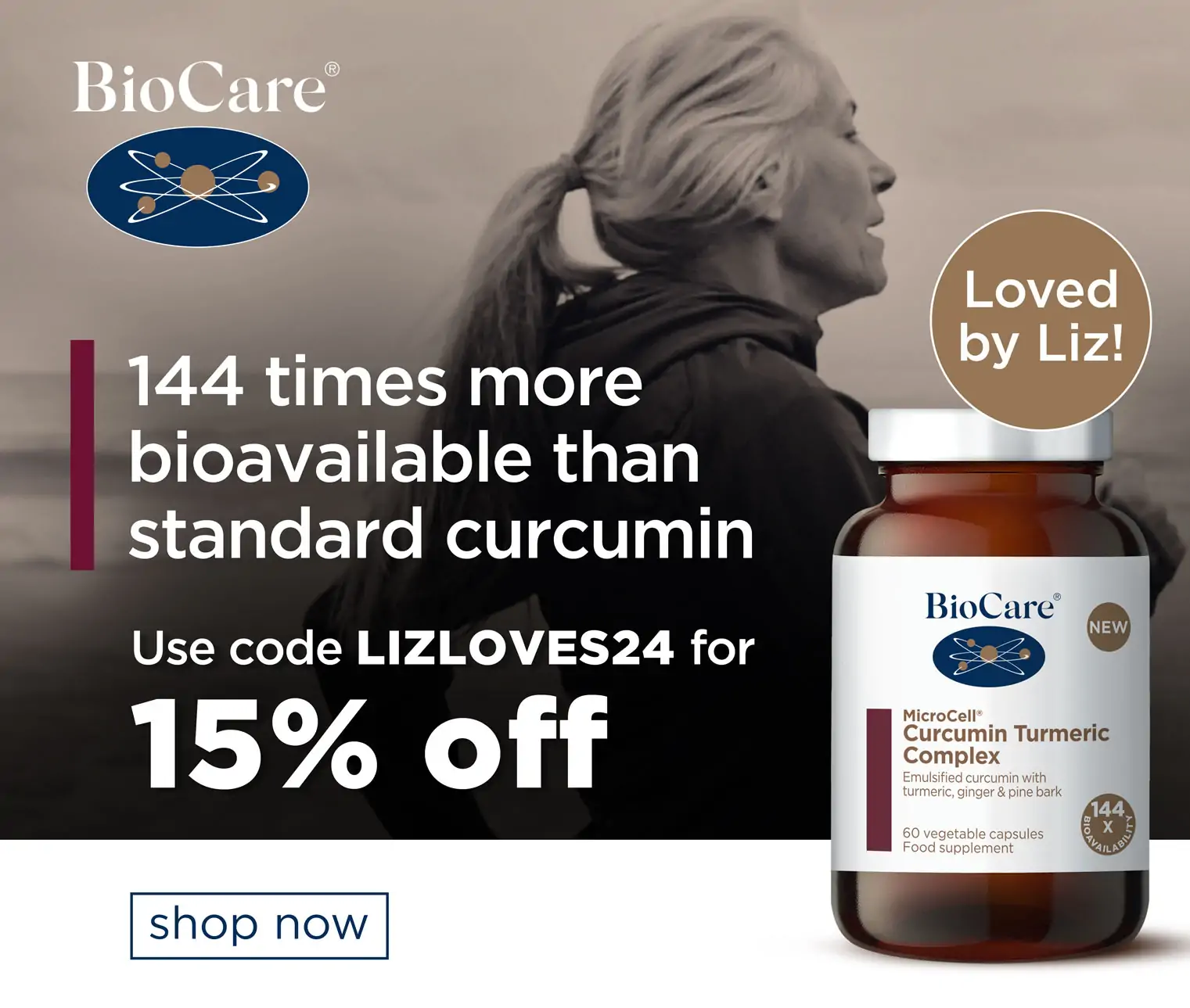Healthy Skin
Sun protection for sensitive skin
 Looking for sun protection for sensitive skin? Whether or not we should be wearing sunscreen and which ones we should be buying are popular questions.
Looking for sun protection for sensitive skin? Whether or not we should be wearing sunscreen and which ones we should be buying are popular questions.
Sun damage to skin can cause premature ageing and lead to serious complications. It’s not surprising that we’re worried about our levels of sun exposure, even on the cloudiest of days.
Read on to find out which type of sunscreen we should be using on the face, especially if we have sensitive skin or are prone to problems such as outbreaks of rosacea or eczema. Liz also shares her top tips for keeping both adults and children safe in the sun.
Mineral-based sunscreens
Using a mineral-based sunscreen is at the top of Liz’s sun protection list, as the sunscreens in everyday moisturisers aren’t usually sufficient to protect skin in strong sunshine. Synthetic sun filters commonly added to daily skincare tend to give low protection, most of which will have worn off by lunchtime, when the sun is at its strongest.
The most commonly used synthetic sun filters include oxybenzone, octinoxate, octisalate and avobenzone, which work by creating a chemical reaction that neutralises the sun’s UV rays, but this can also trigger sensitivity and irritate the skin. Mineral sunscreens contain filters such as zinc oxide and titanium dioxide and work by reflecting and bouncing the sun’s rays away from the skin. These mineral filters give us a physical barrier against the harmful effects of UVA (which causes ageing) and UVB (which causes burning) rays.
When you choose a sunscreen, the SPF number relates to the amount of protection from UVB rays, but it’s also really important to look at the amount of UVA protection it provides, usually indicated by a number of stars – one star representing very low protection, and five stars being high protection. Mineral sunscreens (zinc oxide, titanium dioxide) tend to provide the safest, broadest amount of protection.
Will using sunscreen cause vitamin D deficiency?
In the golden glow of summer, just how much sun is safe? Perhaps surprisingly, we shouldn’t obsess about blocking every single sunray. In the UK The National Osteoporosis Society is calling for us all to spend 10-20 minutes outside on every sunny day with around 20% of our skin exposed (think bare arms and bare legs without any sunscreen) to allow the sun’s rays to create enough vitamin D to see us through winter and to help keep bones strong. But it’s important to make sure we don’t start to redden, so if you burn very easily, then you may only want to limit your unprotected time in the sun to just 10 minutes.
To balance being outside with skin-ageing advice, Liz uses a mineral sunblock on her face, neck, chest and the backs of hands (all susceptible to showing the signs of ageing). She allows her arms and legs to feel unrestricted sunshine to top-up on vitamin D. Liz also takes an additional 400IU capsule of natural-source vitamin E, as studies show this can help repair UV-induced free-radical cell damage that causes premature skin ageing.
How to keep safe in the sun
There is no doubt that all of us need to behave very sensibly when dealing with a force that’s as powerful and potentially dangerous as the sun, especially for young children and those with very fair skin. So in the warmer months try these tips:
- Wear clothes that are made from non see-through fabric, as they will be thick enough to block the sun’s rays.
- Keep vulnerable areas such as your face, ears and back of neck coved with a wide-brimmed hat.
- Use a pair of large-framed 100% UV protective sunglasses (the more ‘Jackie O’ the better) as sunlight can also cause problems with our sight by damaging the surface of the eye.
- Slap on enough mineral-based sunscreen regularly; the average adult needs roughly six teaspoonfuls to cover the body, and the most effective coverage tends to be from two thin layers rather than one thick one.
- Reapply sunscreen regularly, especially after swimming or exercise.
- Around 50% of the sun’s UV rays occur between 12 and 3pm; try and spend this time in the shade or in a cool place.





